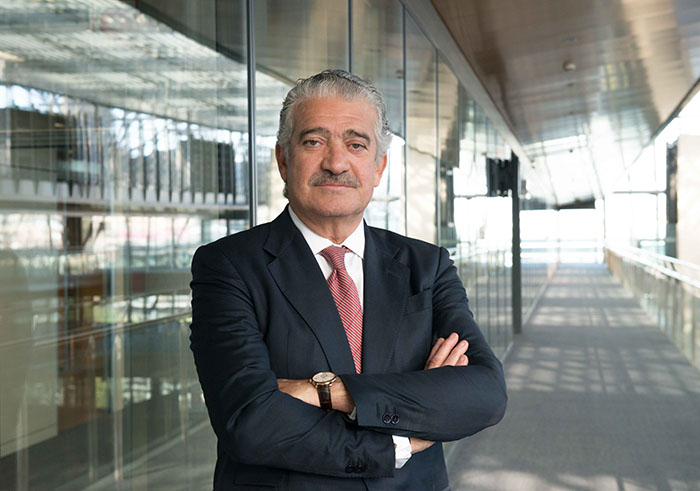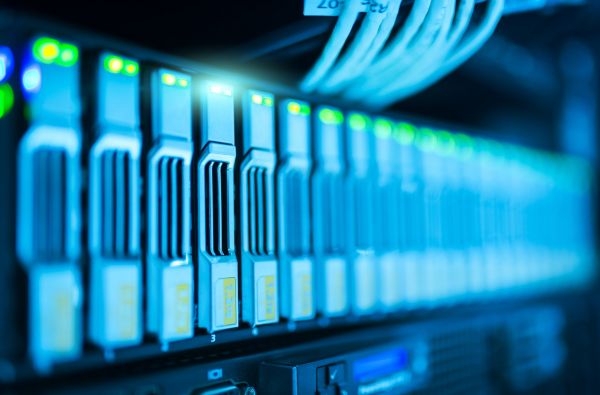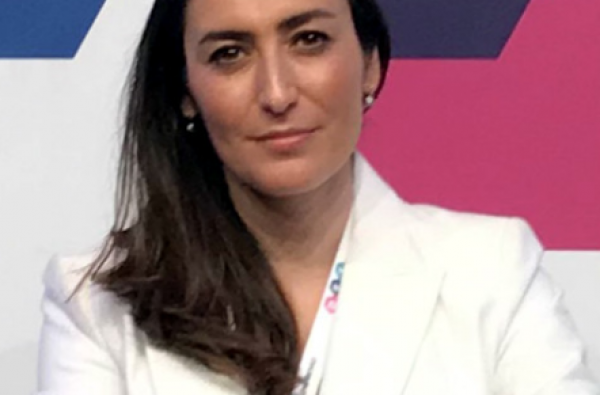The urgency of decarbonizing the world, digitalization and the need to adapt to the new customers are the three engines that are accelerating the renewal of the electricity sector, according to Endesa's CEO, José Bogas. In his opinion, whoever opposes the changes instead of facing them will cease to exist.
The car park at Endesa Energía's headquarters in Madrid (Spain) is full of electric cars, something that is not so common in the rest of the city. The difference is the company's own brand, which promotes sustainable mobility among its workers. Endesa's CEO, José Bogas, is aware that many such changes are needed to move towards a decarbonized world. For him, this effort was born as a result of the agreement reached at the 2015 Paris (France) Climate Summit, something that "radically changed everything" and initiated "a revolution".
However, the fight against climate change is not the only challenge that Endesa is working on. The digital transformation is also another. But for Bogas, "whoever sees problems as barriers and opposes them makes a mistake, is like a flood that drags you along. Under this philosophy, the energy giant sets its sights on facing the challenges of the future.
One of the 10 Emerging Technologies that MIT Technology Review has selected in 2018 is artificial intelligence (AI) services in the cloud, capable of democratizing access to automatic learning tools. What do you think of this trend?
The two technologies [AI and the cloud] are very important advances, so the combination of the two and the possibility for people to use them gives them an infinitely greater potential. First, don't underestimate the cost savings of handling large volumes of data and simply paying for that storage. On the other hand, artificial intelligence allows you to manage them intelligently.
How is your company incorporating this innovation and what benefits are you experiencing thanks to this technology?
We are using it in several aspects, mainly in the direct relationship with the client and in distribution activities. For example, when it comes to managing communication with the customer in breakdowns, it provides data analyzed through the IA on how long the breakdowns can last and what problems exist.
We also use this technology in wholesale markets to manage multiple data, from fuel, predictions of hydraulicity and wind, behavior of our competitors, analysis of the offers that have been made over the last few years to detect trends and offer better in wholesale markets, and so on.
We live in the era of big data. And the analysis of large volumes of data is already reaching all sectors thanks to the connected devices, which give us access to a lot of information. How are Endesa taking advantage of the Internet potential of things (IoT)?
Thanks to him we are achieving substantial improvements, not only for new technologies such as renewables, which, thanks to the analysis of vibrations and behaviors, we are able to detect their possible unavailability.
On the other hand, we have plants that have been in operation for many years, but digitization and IoT make it possible to modernize them. We have enough pilots installed in many plants and the improvement is absolute. We can control the mix of fuels used at any time, measure the performance of the installation, detect problems, and so on.
What do you think are the engines of the transformation that the energy sector is experiencing?
The energy sector has three tractors that pull it in a tremendous way and each time with a greater speed. One is obviously the energy transition. The goal of a decarbonized world by 2050 forces us to do thousands of things in the electricity sector. People tend to focus on the growth of renewable energies, but a decarbonized world means that the whole economy has to be electrified, from the vehicle to the heat pumps and the industrial processes that today are based on fossil fuels.
The electricity sector must also grow in renewables, and to reduce emissions at source must close all those plants that emit CO2. In 2050 it will all be renewable or CO2-free, and it is complicated because the entire electricity sector has to be balanced in terms of prices or security of supply and the network has to be prepared with this distributed generation.
The second [tractor] is digitalization, which is changing absolutely everything, not just technology: it is the organization, the culture, the way of working. And the third element is the customer himself.

How does the customer drive the transformation of the company?
The customer is digitizing itself and is increasingly moving away from the channels and offerings that can be considered as traditional. It is a customer who has a different social perception: through a mobile or any device, wherever he is, he can receive an offer and can also compare the offers of all the others. You want an excellent, practically personalized service.
Technological giants such as Amazon and Google are breaking into traditional sectors and represent a new competition that these customers take into account when choosing. How are Endesa preparing for the entry of these very technological competitors?
Our strategy is to go as fast as we can. Beyond technological and innovative developments or the ability to unite service demanders and service providers in one platform, what technology companies have achieved is to provide a service with an excellent reputation and that the customer also has an excellent experience, with which they have the technology and have achieved great prestige.
We imagine a very close world in which, for example, a platform of any of these technologies appears where, on the one hand, heater service providers meet and, on the other, customers in the electrical sector. Why shouldn't we see a moment in which we say to the customer: "Hey, we sell you the gas and we change the heater", and he says: "No, you sell me the gas but I want the heater of a platform that gives me a picture of who is coming to me, that comes to me in five minutes, that makes me a discount...".
That's why we decided to change. We had the commodity of electricity and gas together with the services, but we decided to separate them. This costs in a company like Endesa and we had many mental barriers to do it, but we are convinced that this is the future. Service professionals right now are already working agile with the greatest advances in digital technology to become more and more of a data-driven company.
How is the utility of the future going to be?
First more digital, not only in customer relationships but also in internal processes. It will, of course, have to be a company based on the cloud, on cybersecurity, on the digitization of its assets and on the digitization of its relationship with customers. A very basic piece that companies like Endesa are tackling is the cultural transformation of employees, facilitating the digitization of employees.
This is a handicap of ours that may be new entrants or technologies like Amazon or Google don't have. Is it a problem? Yes, it is a problem, but we have a lot of history, a lot of knowledge and a lot of value of the people we have and our job is precisely to help them change.
Are you focusing on transforming current workers or are you betting on attracting more digital talent to Endesa?
Both. The first is to help transform employees. When I talk to the people at Endesa, I tell them that it's been many years since I finished my degree and Ohm's law and Kirchhoff's laws are the same. On the other hand, the digital you study today may be obsolete tomorrow. You can't teach a worker something and, like in college, said, "It's over, here's your degree and you're digital. What you have to do is help him to be able to self-learn.
We conducted a survey at Endesa and found that approximately 30% of our employees were digital and 70% were not. The challenge was to prepare and use that 30% who were digital as ambassadors. By the way, it's amazing what my digital mentor has digitized for me in my daily work. We have also done courses: we are 10,000 workers and 2,000 of the 7,000 who were not digital have already been trained. In addition, we have tried to mix with the outside world through hackathons, start-ups, collaborative projects with agents of the most diverse...
And how do they attract the youngest talent?
We go abroad to look for profiles and we also try to support the training of young people in digital subjects that serve us as a kind of quarry. Endesa is not perceived by young people as one of the most technologically advanced companies and this is a difficulty. But the transformations we are making in the spaces, in a collaborative way of working, in the internal co-creation, will little by little make the company more attractive for this new talent.
Today, CEOs of consolidated companies must protect their work environment while preparing companies for the future. What challenges are you facing as CEO to address the changes?
One of the responsibilities is to think about the future, where the business is going, and when you are clear, put all the means to facilitate this. The biggest challenge for me is to have things clear, right or wrong, but to have an idea. And secondly, to execute it at a cultural level, at the level of the company's organization. This is what we are trying to do as fast as possible, because I think we underestimate the short term and overestimate the long term.
What advice would you give to other CEOs to face the challenges of digital transformation?
I think that whoever doesn't see this, the digital transformation, won't exist anytime soon. But the first thing is to see it and once you have the idea to execute it in a plan that doesn't have to be for today or for tomorrow. It's a plan that has to touch on many things in the strategy and you have to manage many difficulties, many barriers and cultural changes, which are the most difficult. Technology is perhaps the easiest thing to do.
By Editors of the MIT Technology Review in Spanish



